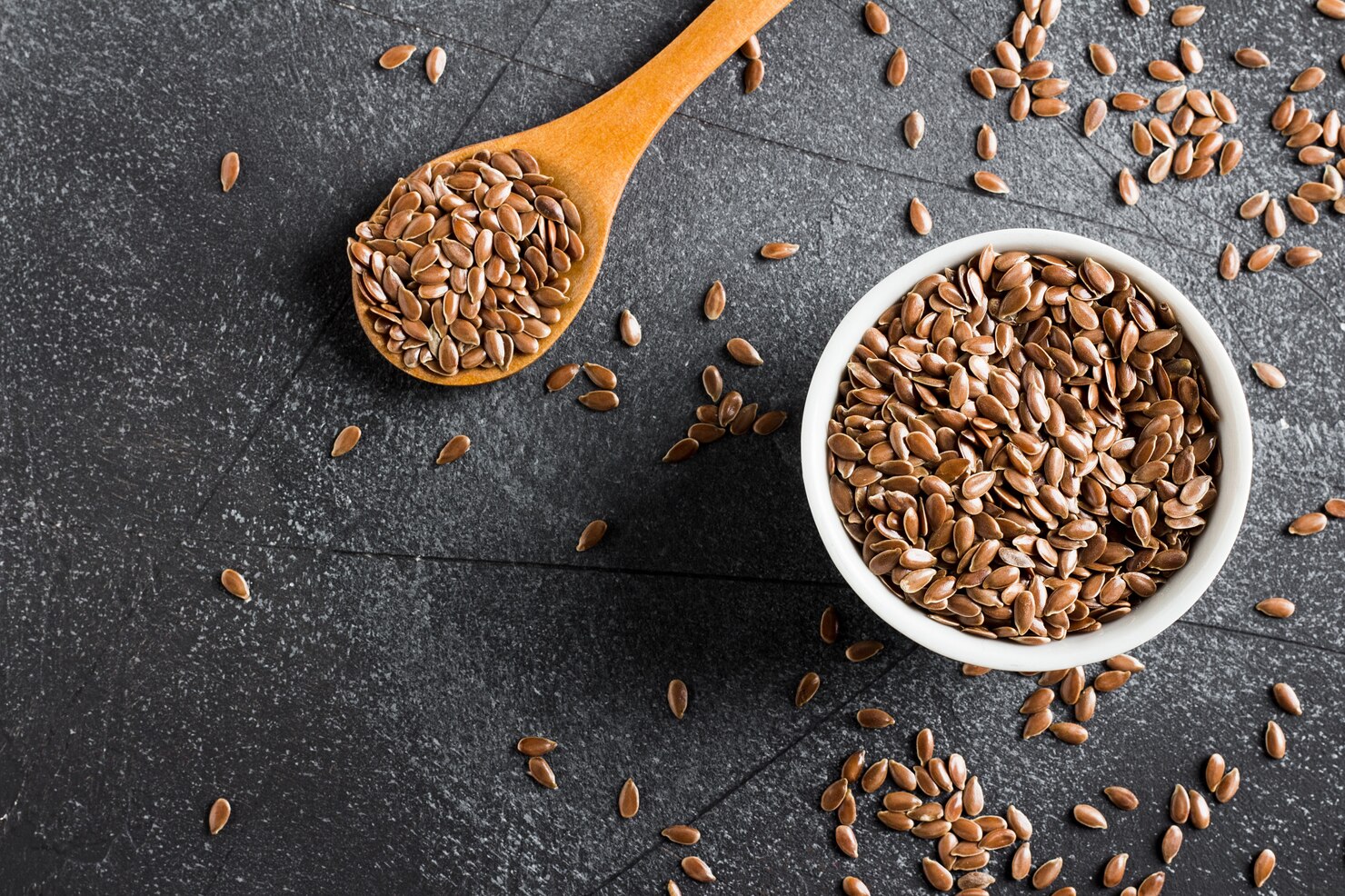
Suplementation with Protected Flax seed oil in ruminants HIFLAX®
The supplementation with fat (energy) has been shown as a suitable strategy to satisfy the energy requirements of the livestock production animals. This is especially relevant in the case of high-level production. In addition, it has been found positive effects on the reproduction activity in ruminants. In that sense, a relationship between Polyunsaturated fatty acids (PUFAs) and the regulation of the synthesis of prostaglandins related to the ovulatory follicle growth and was described in the literature (Camacho et al., 2021; Capper et al., 2006; Childs et al., 2008; Galbreath et al., 2008; Gulliver et al., 2012; Masmeijer et al., 2020; Perumal et al., 2023). With this aim, NOREL launched Hiflax® as a source of PUFA W3 from protected flax seed oil intended to the improvement of reproductive performance in ruminants as well as a source of energy.
Why should we protect the PUFAs Omega 3?
Hiflax® should be protected against the degradation by the ruminal microbiota due to several associated consequences. Firstly, PUFAs lead to microbial toxicity, cellulolytic bacteria are highly sensitive to the presence of PUFAs, reducing the fibre digestion and the synthesis of bacteria protein (Maia et al., 2007). Secondly, those PUFAs are degraded in the rumen by the process of the transformation of unsaturated fatty acids as W3 or W6 to saturated fatty acids called biohydrogenation. Trans-10, cis-12 conjugated linoleic acid is one of multiple biohydrogenation intermediates known to inhibit milk fat synthesis in the mammary gland, and its mechanism of action involves the downregulation of genes related to FA transport and synthesis (Rico & Harvatine, 2013). For those reasons, avoid the biodidrogenation is crucial for the productive performance.
Figure 1. Biohydrogenation of PUFAs
Reproductive performance & Omega 3.
Once, the W3 & W6– FAs avoid the rumen degradation, both are incorporated to the membrane of phospholipids – together with their products from the elongation and desaturation processes. An external stimulus (oxytocin, OT) stimulates the activity of PLA2 and PLC enzyme which cleave phospholipids from the plasma membrane and increase the availability of FAs for processing by prostaglandins H (PGH2 or PGH3). EPA from n-3 FAs family is processed by PGH3 to generate PG3α, which are involved in to the follicle’s maturation. Beside of that n-6 family can be processed by enzyme complex PGHS to generate PG2α which cause the regression of the corpus luteum and leads the initiation of the new oestrus cycle. The addition of n-3 PUFAs leads a competition for the desaturase activity (C20:3 n-6 and EPA vs AA and n-3 series) involving a decrease of the PG2α series and avoiding the return to the oestrus (Matos et al., 2000).
Therefore, the use of HIFLAX, in addition to being a high-energy source, has positive effects on reproductive performance. NOREL has conducted research in dairy cattle, with a dosage of 250 g/day, resulting in improvements in pregnancy rate (23.5% higher for supplemented animals), a reduction in the number of artificial inseminations (1.5 fewer for supplemented animals), and a decrease in the number of open days (69 days less). In another study with a dosage of 500 g/day, its effectiveness was confirmed in increasing the number of viable oocytes and in productive parameters such as feed-to-milk conversion, with lower consumption per quantity of milk produced in the case of supplemented animals.
Figure 2 Synthesis of PG3 and PG2 from PUFAS n-3 and n-6. (Extracted from Matos et al. (2000))

